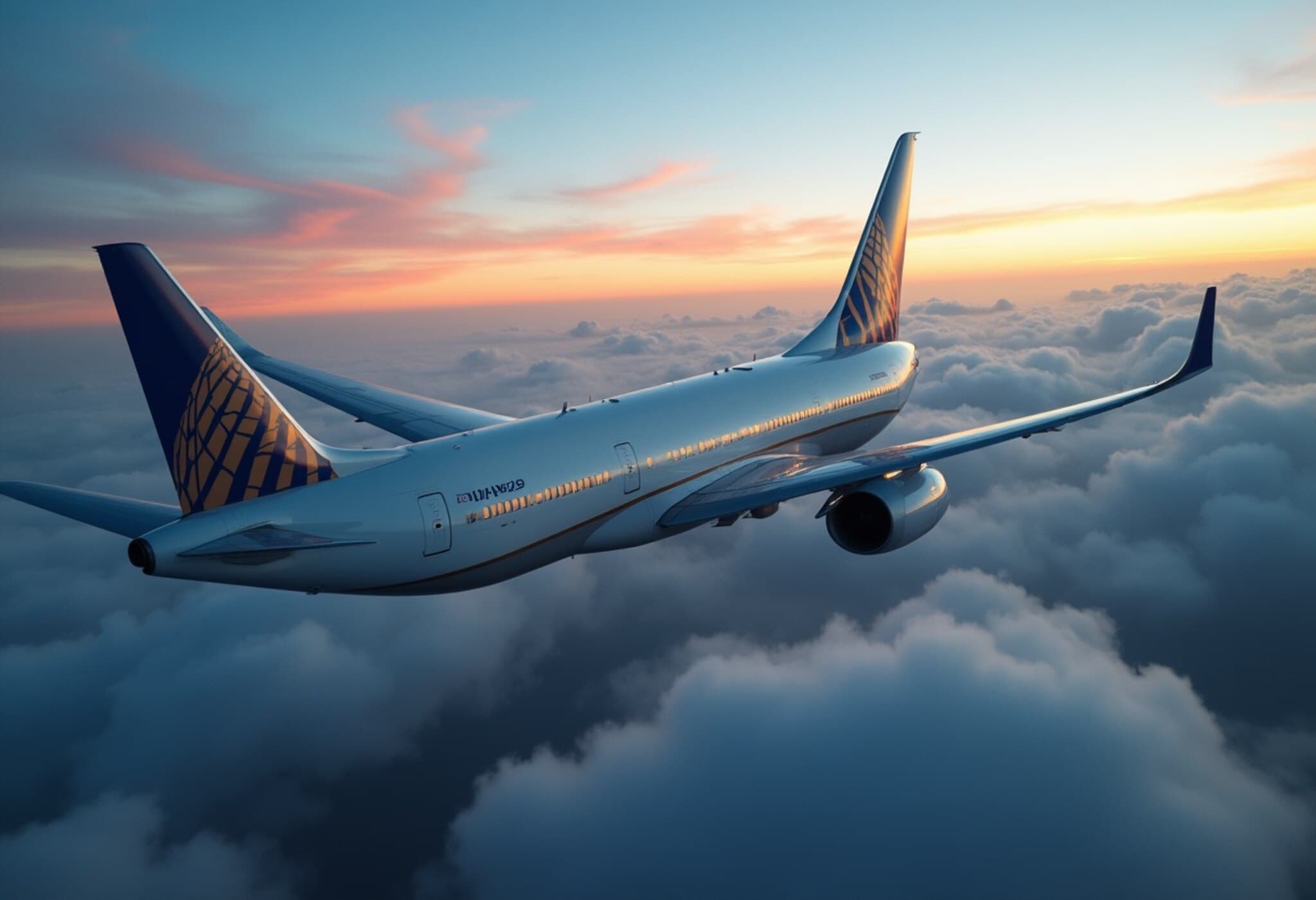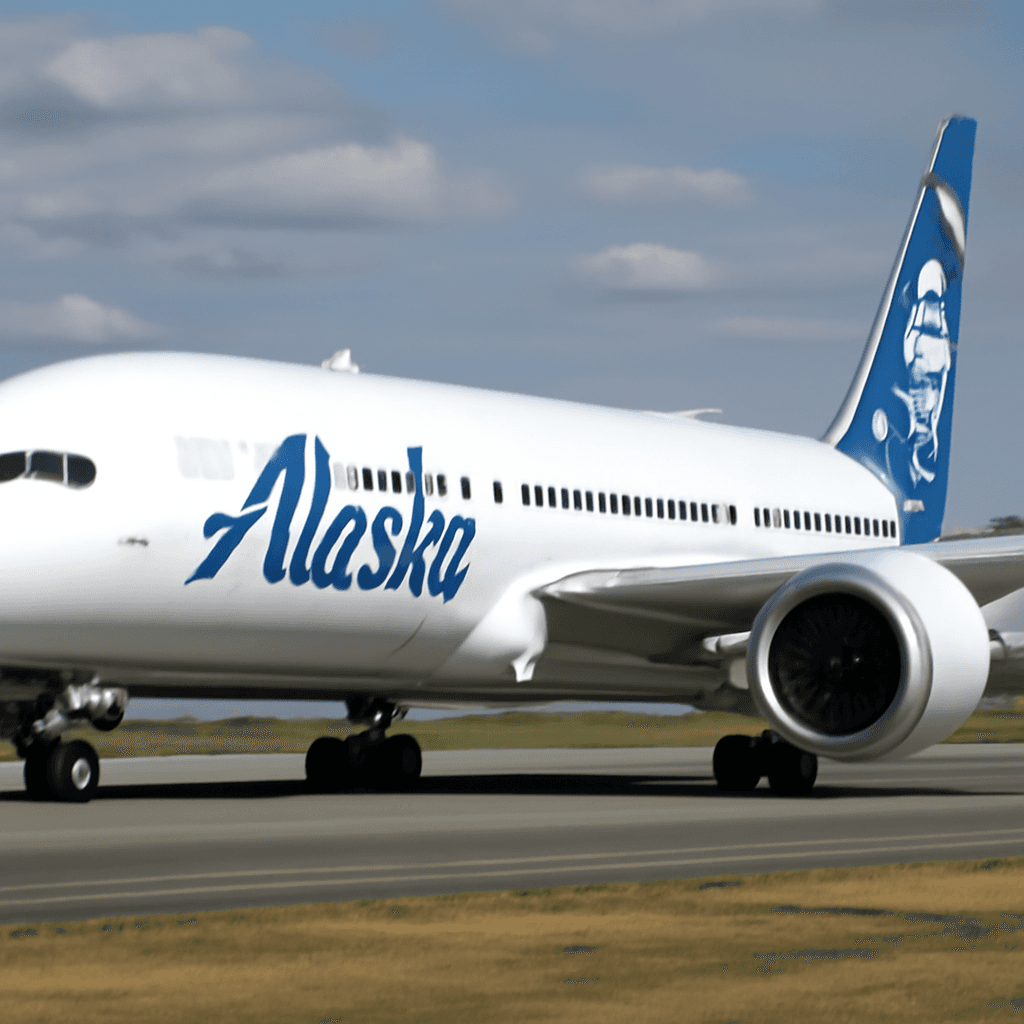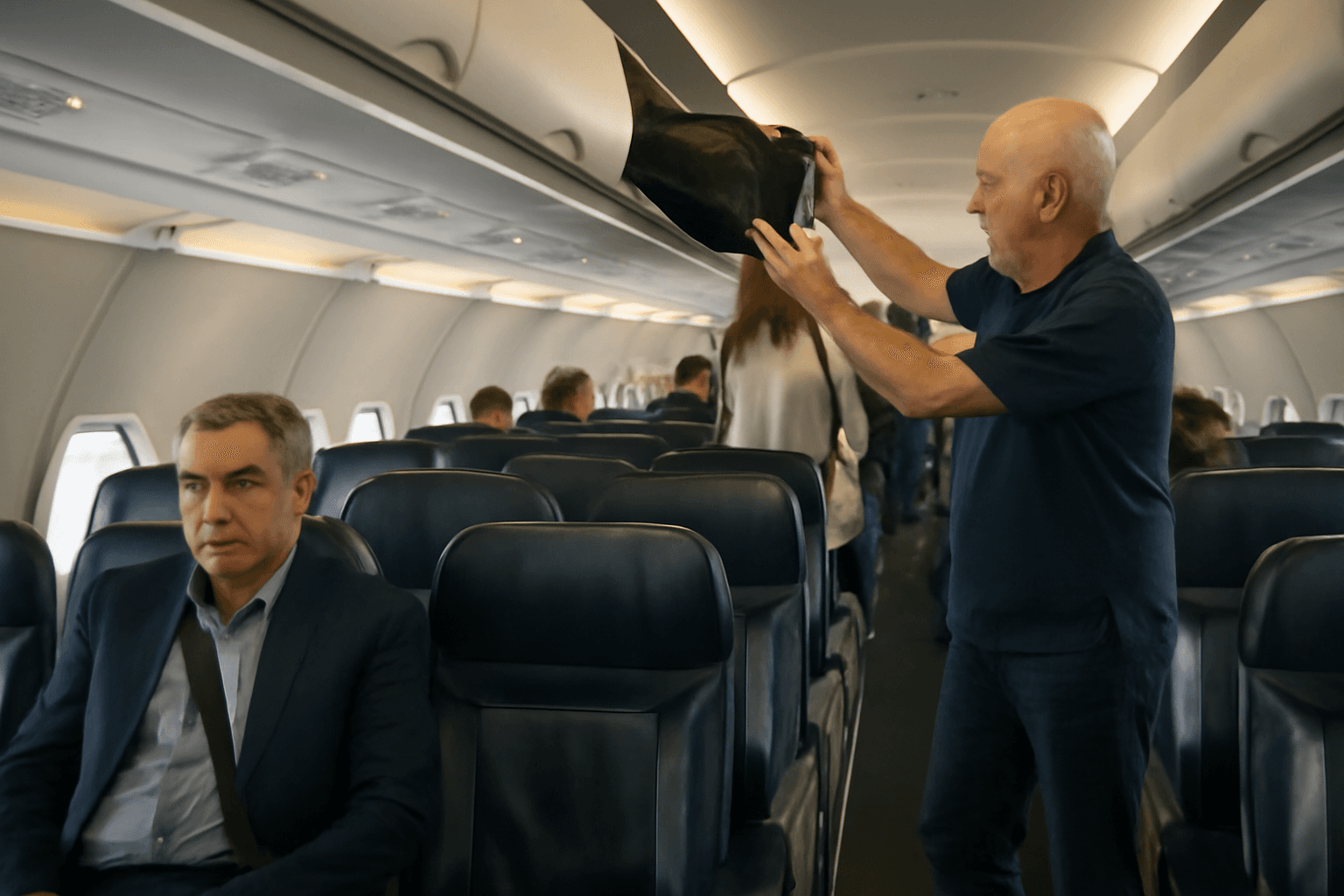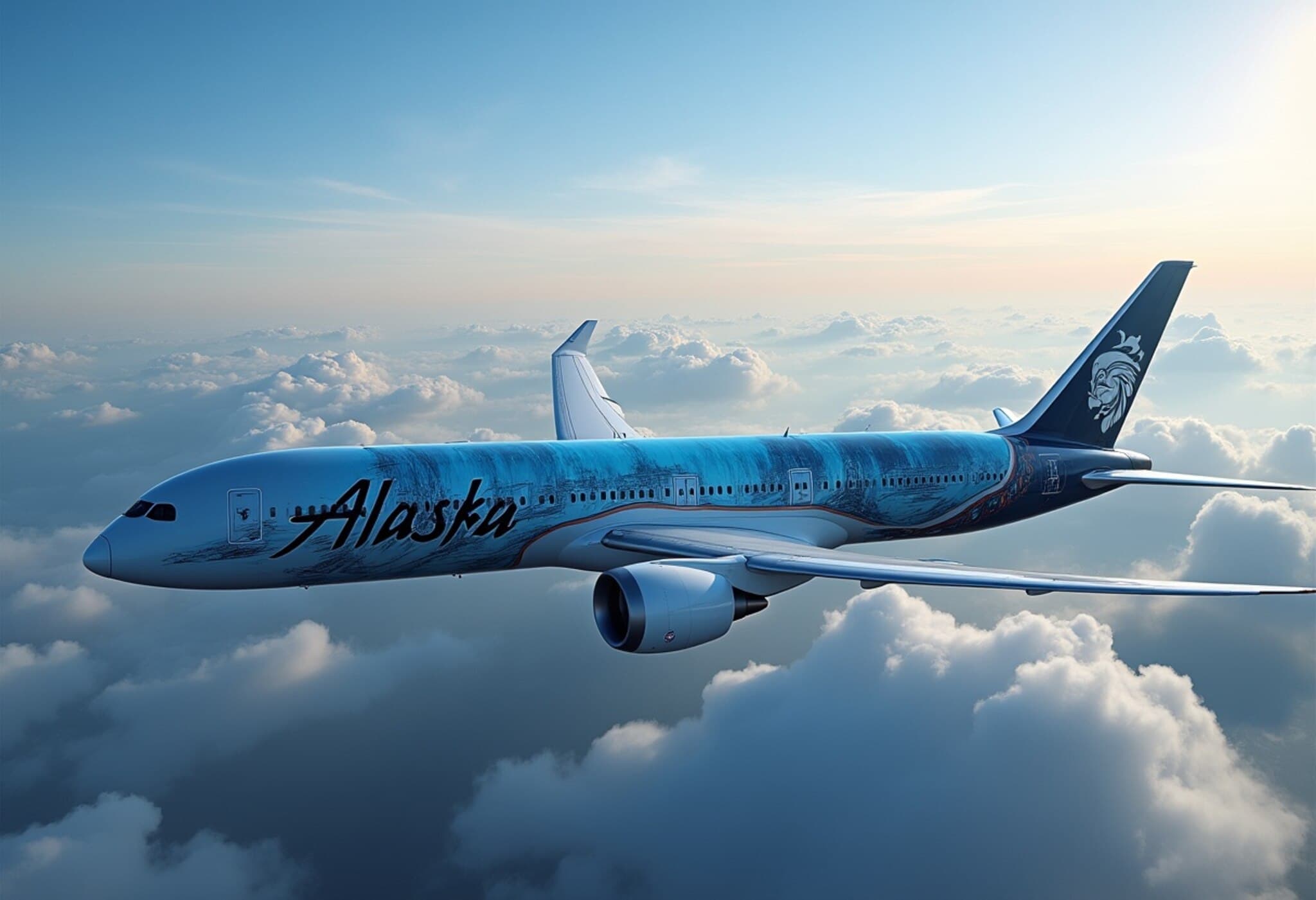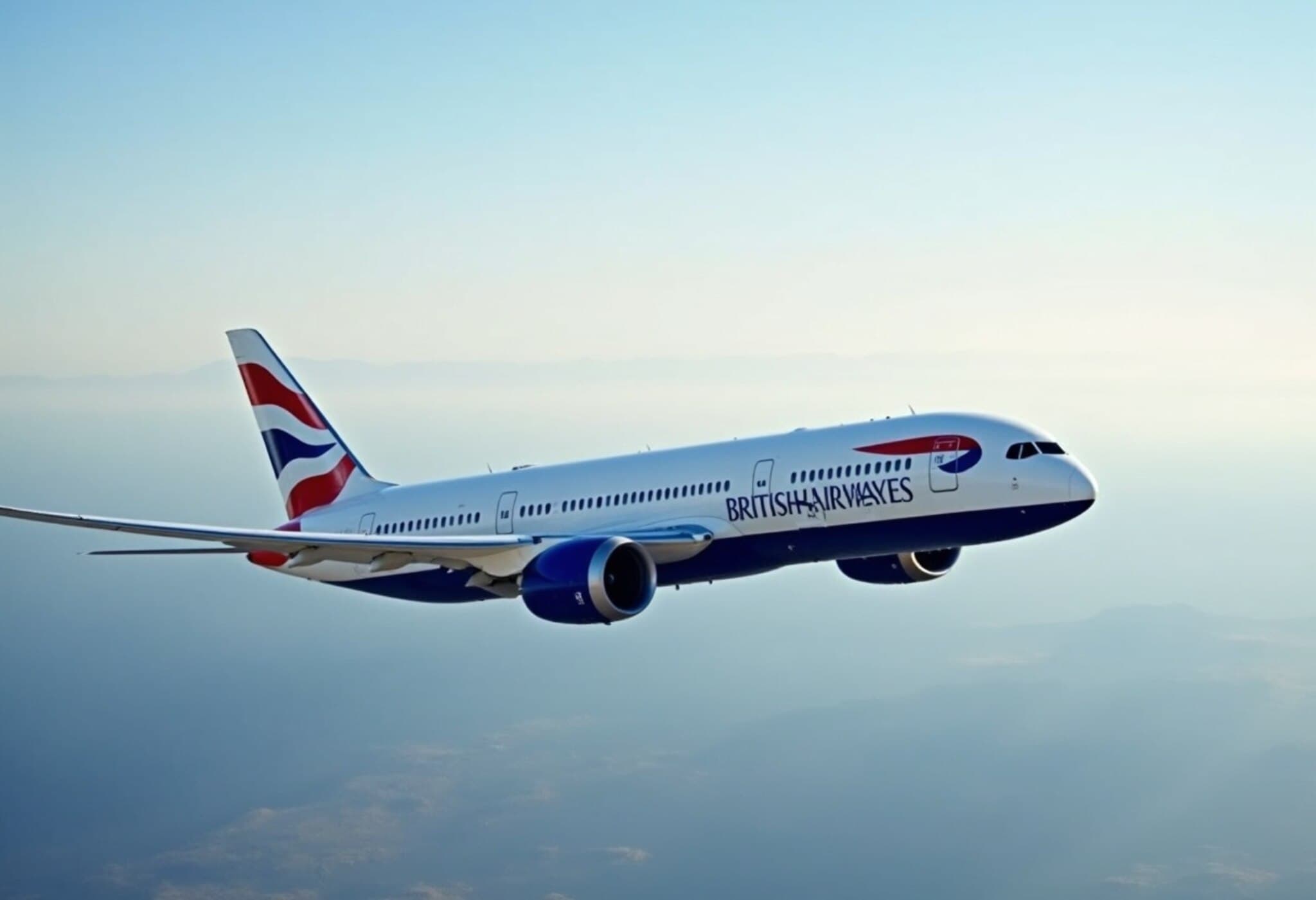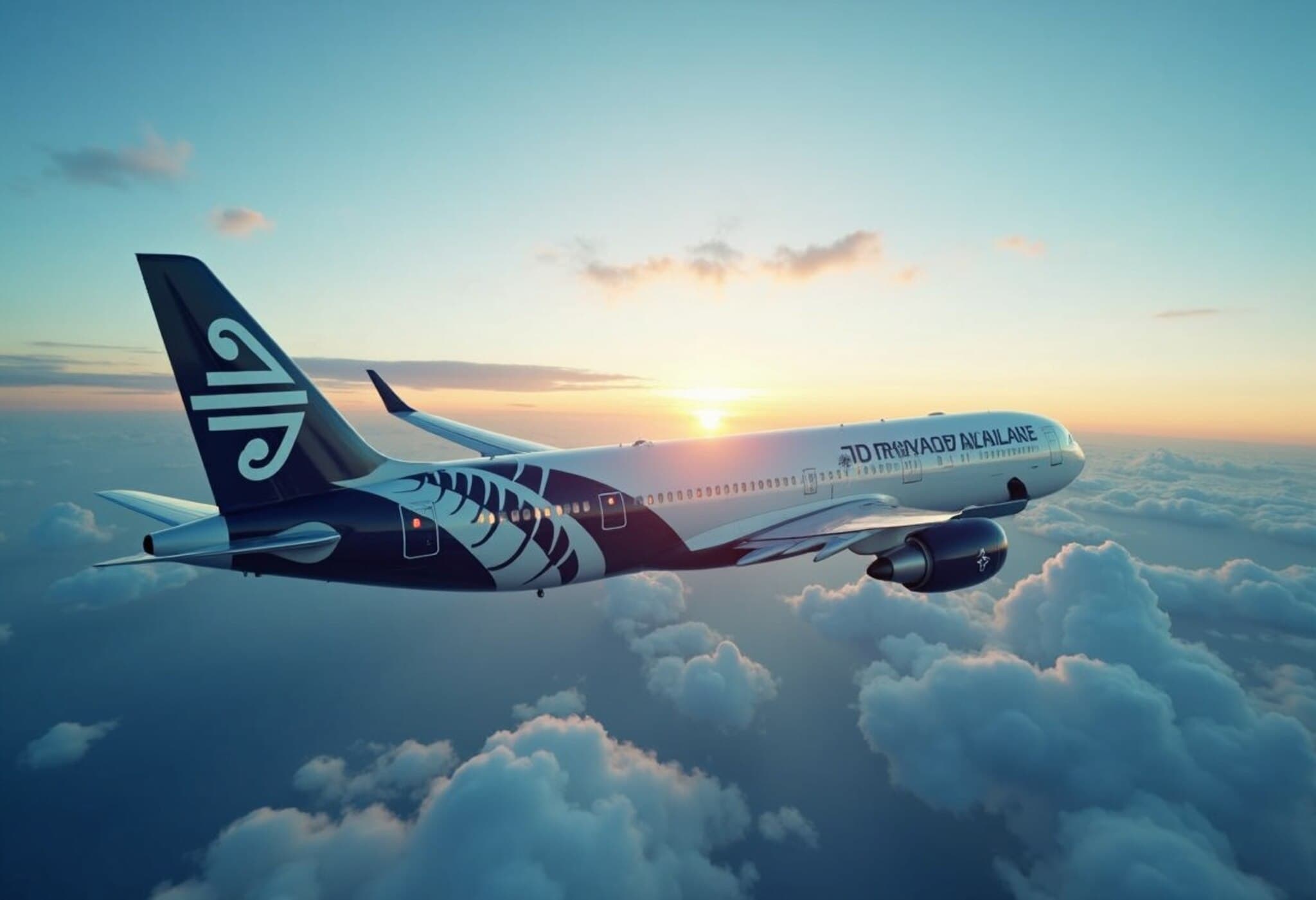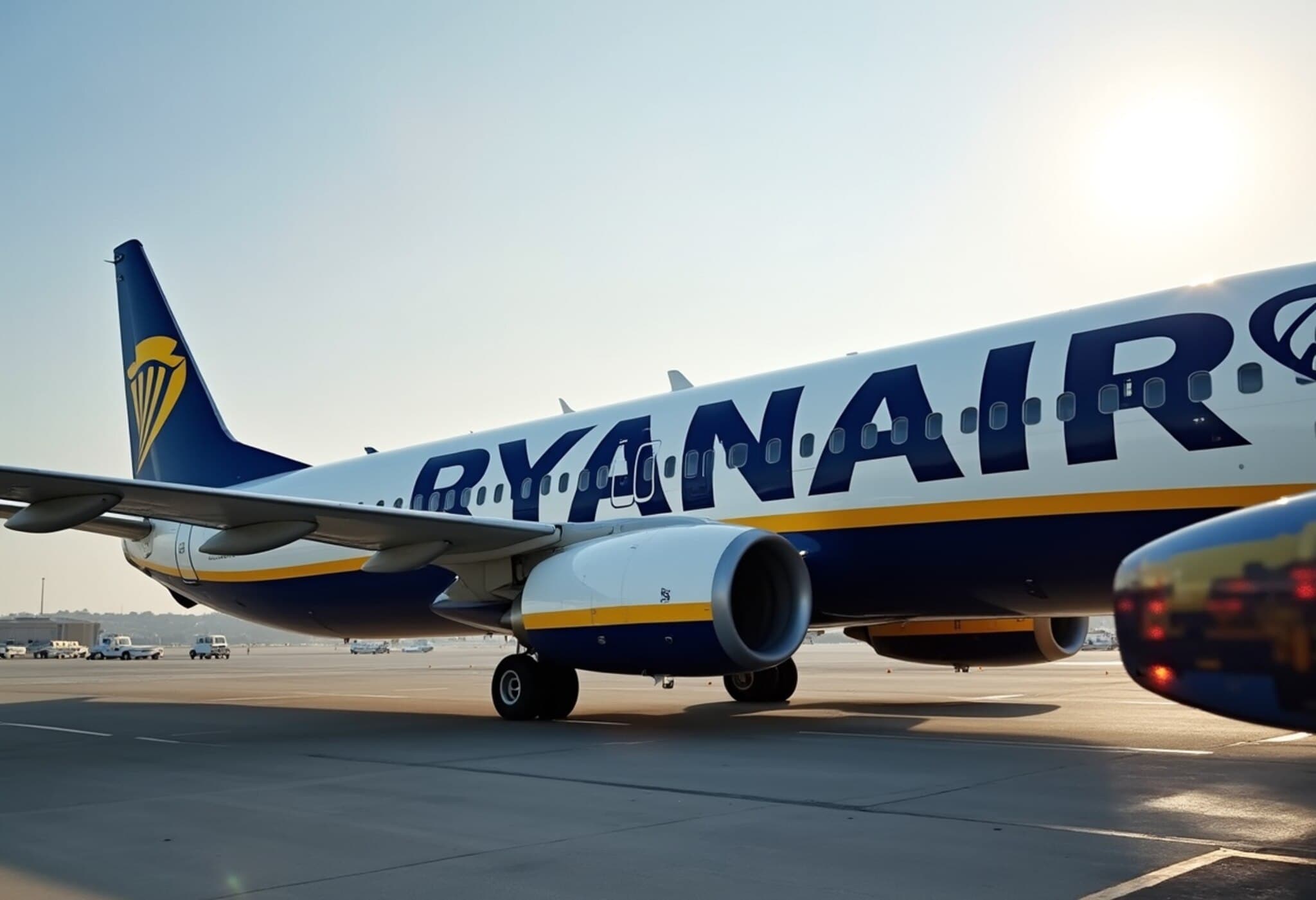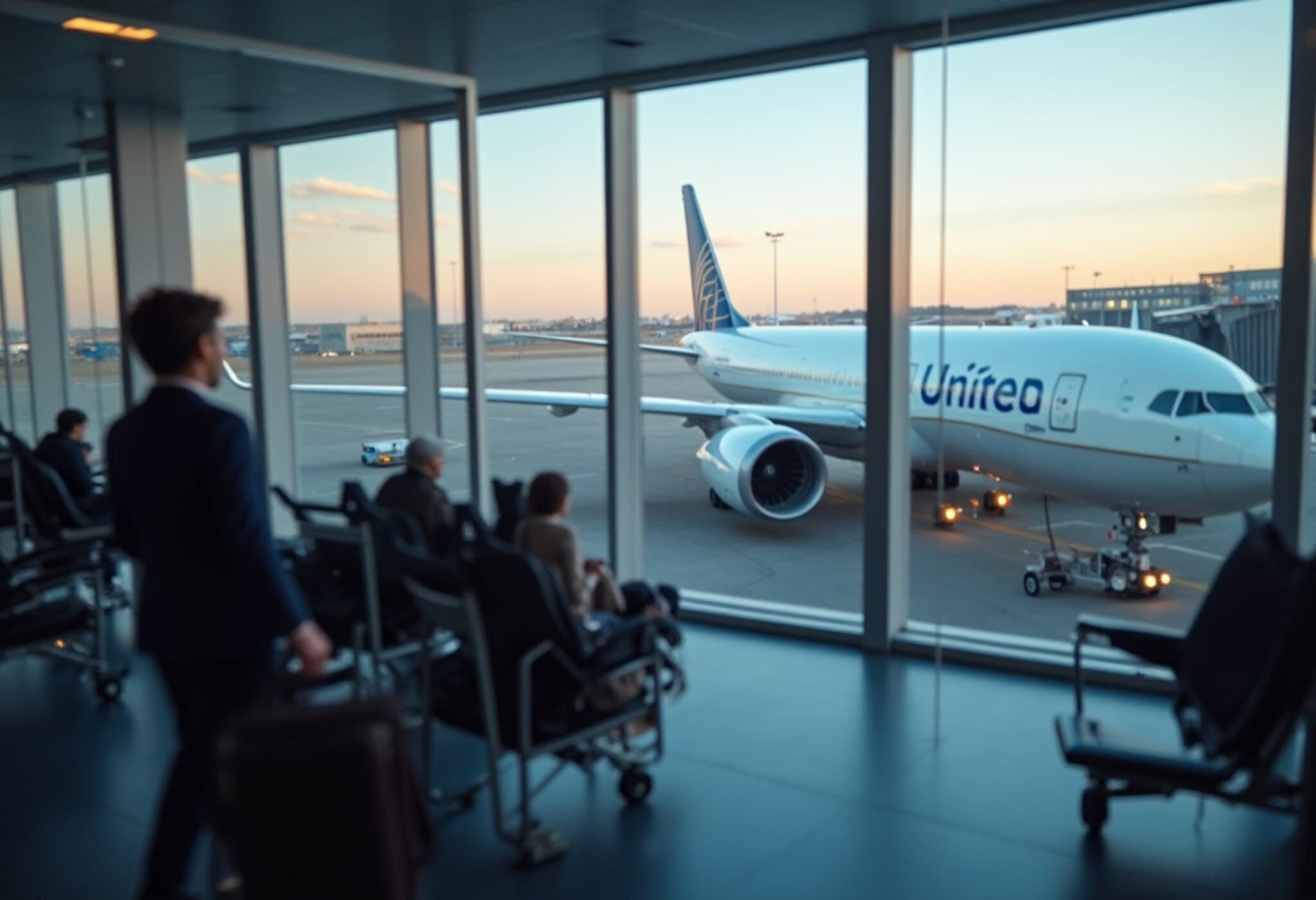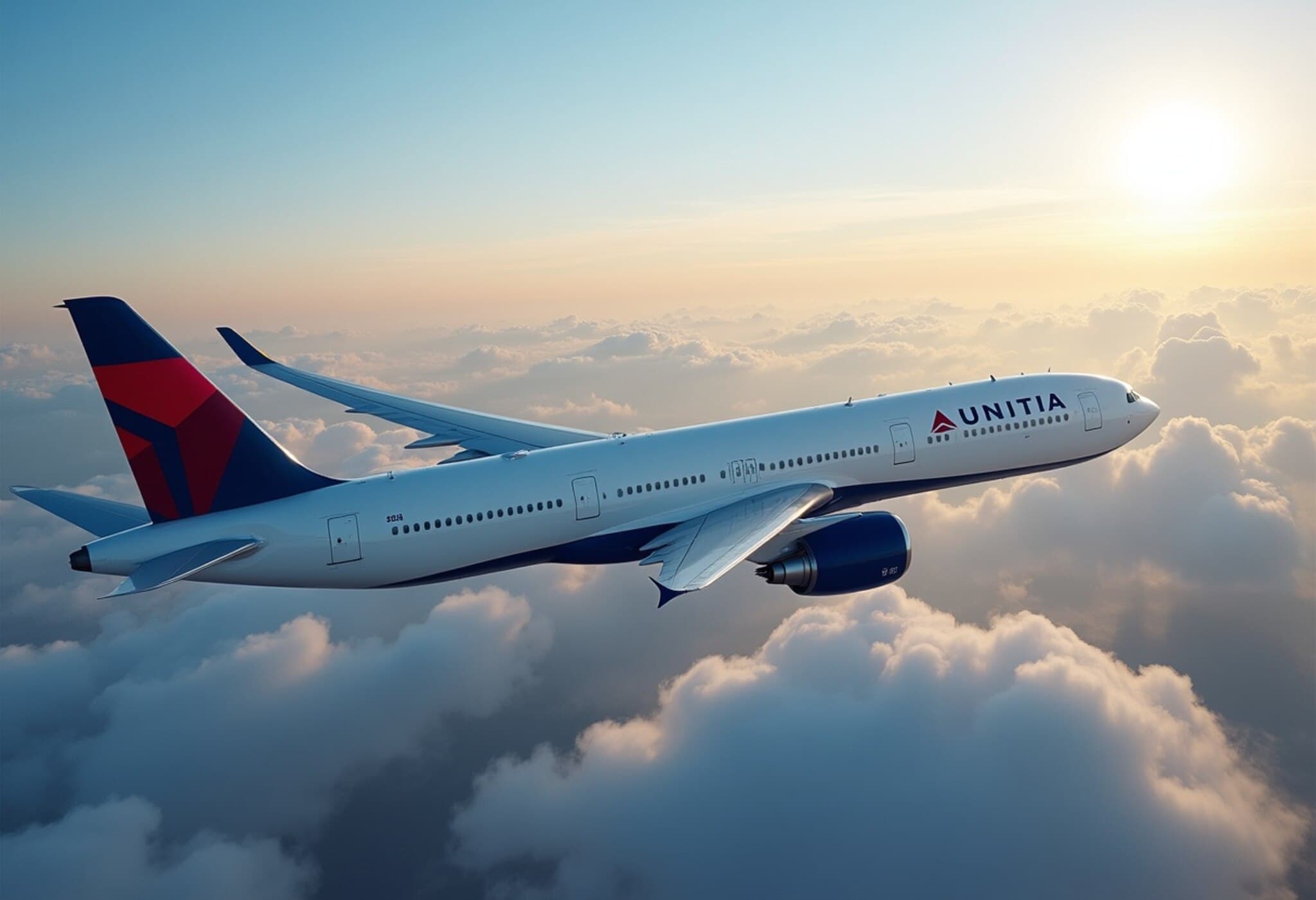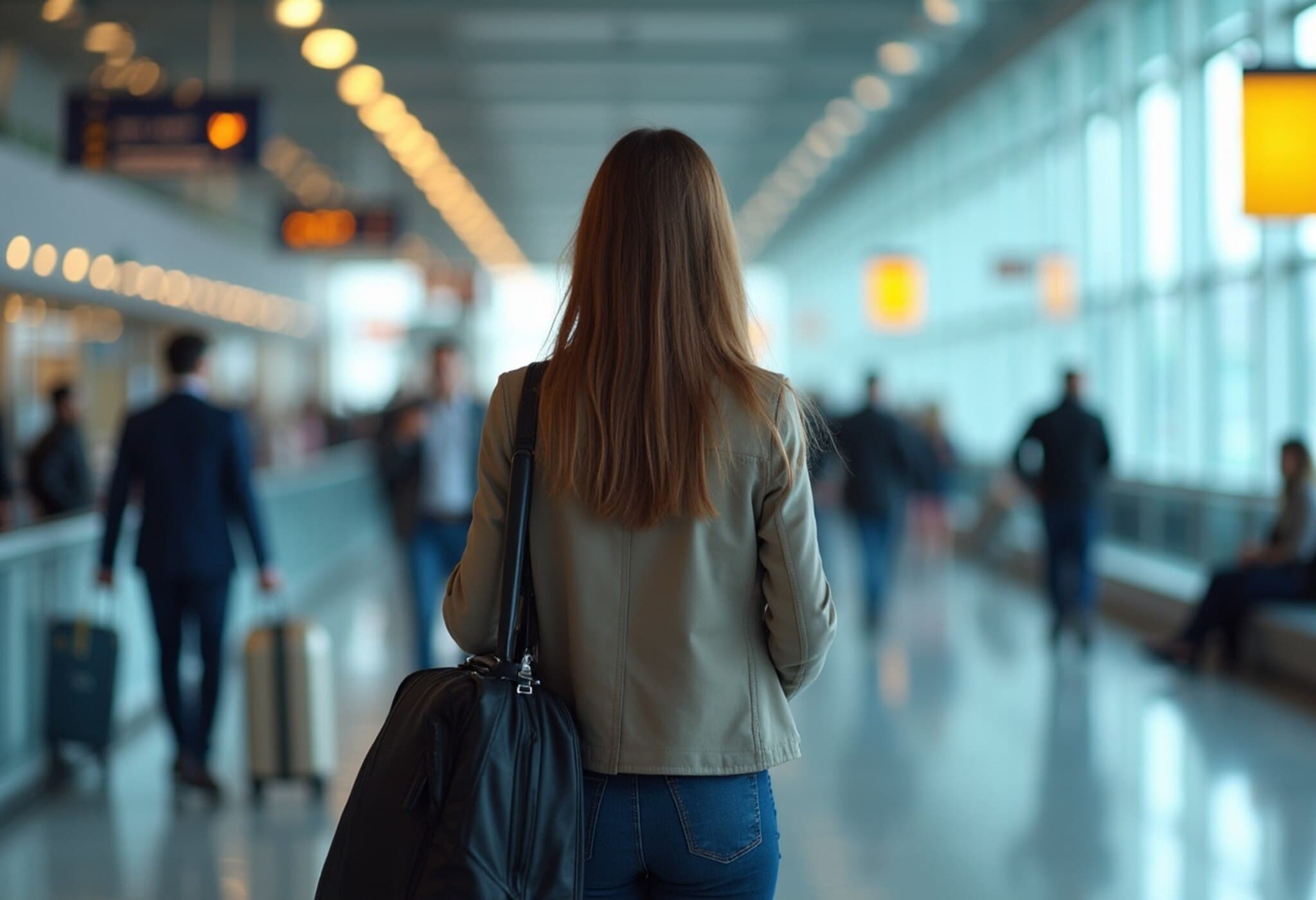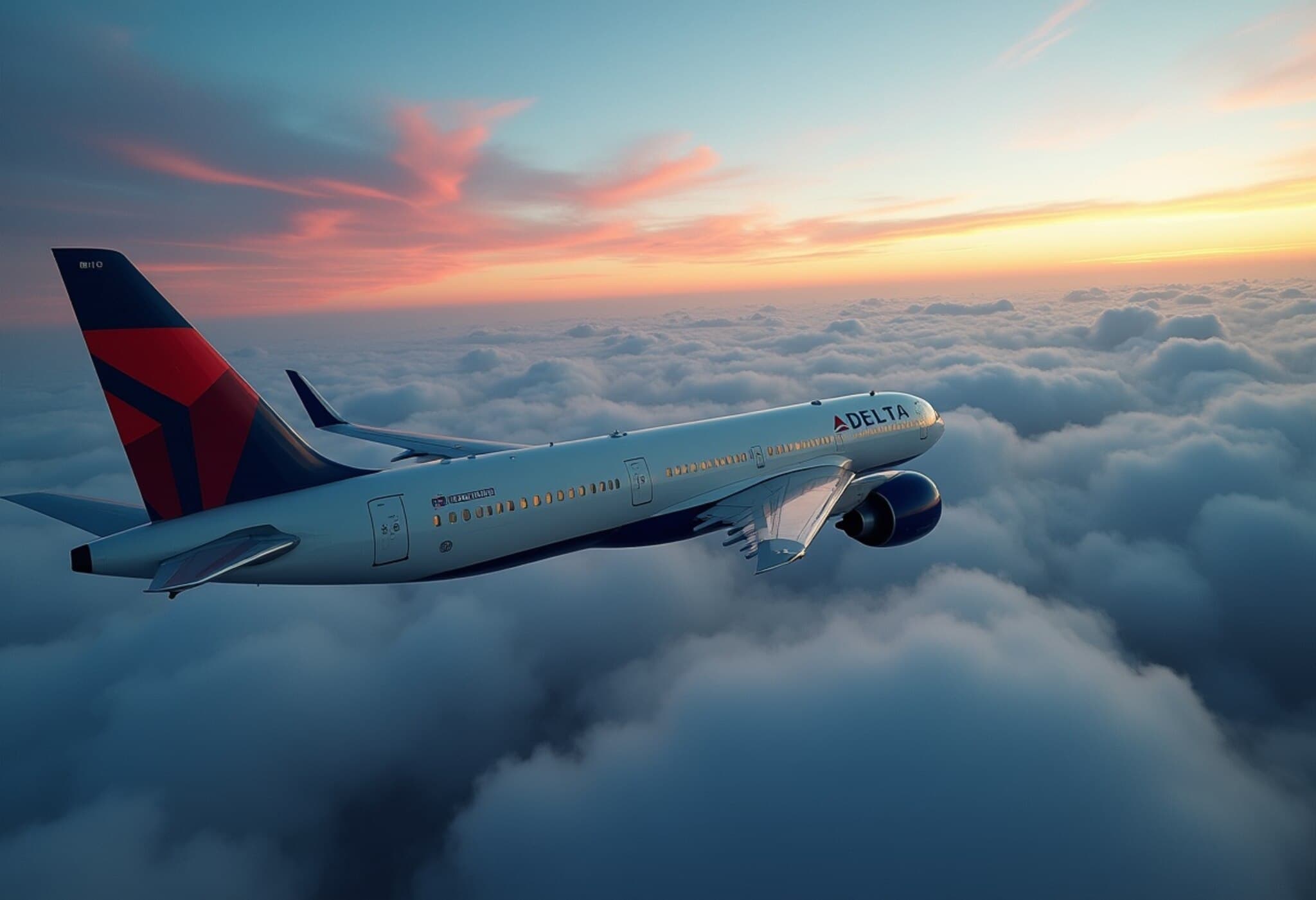United Airlines Ground Thousands of Flights Due to Technical Malfunction
On the evening of August 6, 2025, United Airlines faced significant operational disruptions across multiple U.S. airports after a technology failure forced the temporary grounding of its entire mainline fleet. The disruption affected hundreds of flights nationwide, most notably at key hubs such as Newark Liberty, San Francisco International, Denver International, Houston, and Chicago O'Hare airports.
Scope and Impact of the Disruption
The grounded mainline flights, which include aircraft directly operated by United such as Boeing 737s, 757s, 767s, 777s, 787s, and Airbus A319s and A320s, were forced to remain on the tarmac or at gate stands for extended periods. The incident led to 827 flight delays and 23 cancellations as United scrambled to restore normal operations.
Meanwhile, flights operated under the United Express regional service were unaffected, and those already airborne continued safely to their destinations. This distinction highlights a narrow but critical division in United’s operational infrastructure that helped contain the disruption’s breadth.
Avoiding the Cyberattack Scare
Early speculation among the public and media pundits raised concerns about a possible cyberattack crippling United’s systems. However, the airline swiftly dispelled these rumors, confirming that the issue stemmed from an internal technology problem rather than external cyber maliciousness. The Federal Aviation Administration (FAA) supported these clarifications by issuing notices pertaining specifically to requested ground stops at the airline’s hubs, underscoring the procedural nature of the response.
Passenger Experiences and Airline Response
Passengers expressed frustration and uncertainty amid the delays. Angela Jeffers, en route from Nashville to Denver, recalled the pilot’s announcement regarding a “missing data” issue needed to clear flights for departure. “We’re missing some numbers we need to take off so we can’t take off yet and don’t have a time estimate of when we’ll be able to,” she relayed. Such firsthand accounts illustrate the ripple effect on traveler plans and the anxiety that accompanies unexpected airline disruptions.
United Airlines emphasized that safety remains the top priority, and the airline is working diligently to restore its systems and minimize further delays. Communication lines with affected passengers remain active, with United promising assistance for alternative travel and accommodations as necessary.
Expert Insights: What This Means for the Airline Industry
Technology underpins nearly every aspect of modern airline operations—from flight scheduling and dispatch to safety checks and communications. When critical systems falter, the cascading effects can ground entire fleets, disrupt supply chains, and shake consumer confidence.
From a broader aviation and policy perspective, this incident underlines the importance of:
- Robust IT infrastructure and real-time monitoring: Airlines must reinforce their digital platforms with redundancies to prevent single points of failure.
- Transparency and timely communication: Clear, accurate updates help mitigate passenger anxiety and reduce speculation, especially amid fears of cyberattacks.
- Cybersecurity vigilance: While not a hacking event, the incident highlights the continuous need for cyber resilience in an era where cyberattacks on critical infrastructure are an ever-present threat.
Interestingly, unlike some other carriers affected by cyber incidents in recent years, United’s distinction between mainline and regional flights appears to have localized the impact. This raises thoughtful questions about diversified operational models and their role in crisis mitigation.
Looking Ahead: Navigating Recovery and Lessons Learned
As United Airlines works to fully restore its systems, travelers and aviation stakeholders alike must stay alert to the evolving landscape of airline technology risks. For customers, flexibility and patience remain essential virtues in the face of unpredictable disruptions.
Meanwhile, industry regulators and policymakers may find value in assessing whether current contingency protocols and technological standards sufficiently address the complexities exposed by such incidents. The aviation sector, heavily intertwined with national and global economic frameworks, cannot afford complacency in technological reliability and security.
Editor’s Note
The temporary grounding of United Airlines’ mainline flights serves as a potent reminder of the critical role of resilient technology in modern air travel. Although no cyberattack occurred, the incident sparked public concern underscoring widespread awareness of security vulnerabilities facing major carriers. Moving forward, a multi-layered approach encompassing technological safeguards, transparent communication, and regulatory oversight will be vital to maintaining trust and ensuring uninterrupted service for millions of passengers nationwide.

